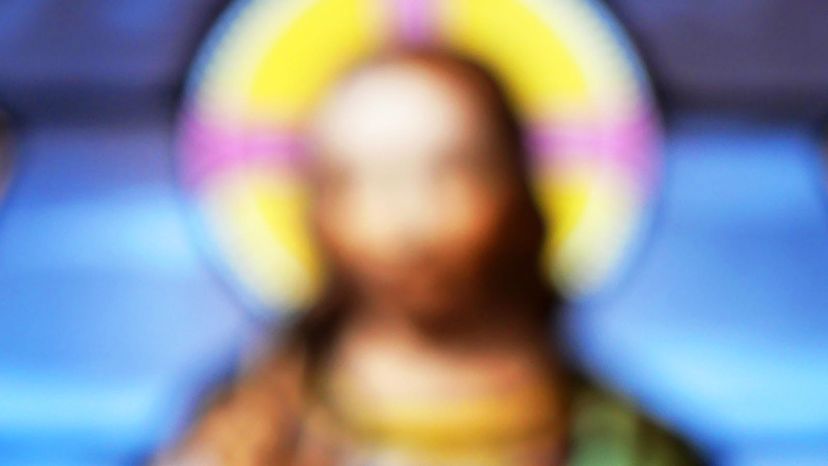There are no pictures of Jesus from his lifetime due to several factors rooted in historical and cultural context.
During the first century C.E., Jewish culture, which Jesus belonged to, adhered strictly to the Second Commandment, which prohibited the creation of graven images to avoid idolatry. This cultural and religious stance meant that creating images of significant religious figures was generally avoided.
Also, the technology for creating detailed and realistic portraits was limited and typically reserved for the wealthy or significant public figures. Jesus, as a traveling preacher, did not have the social status that would normally warrant commissioned artwork.
Early Christians focused on spreading Jesus' teachings rather than preserving his physical likeness. Their primary concern was transmitting his messages through oral and written means, as evidenced by the New Testament writings.
During early Christianity, adherents faced persecution, making it dangerous to create and display religious images openly. It wasn't until several centuries later, particularly after Christianity became the state religion of the Roman Empire, that artistic depictions of Jesus began to emerge, influenced by existing artistic conventions and Roman iconography.
Roman Art and Contemporary Images
While early Christians initially avoided creating images of Jesus, the situation changed as Christianity spread and interacted with different cultural and religious practices within the Roman Empire.
As Christianity grew in influence and eventually became the state religion under Emperor Constantine in the fourth century C.E., the creation of religious art became more accepted and even encouraged.
This change allowed Christian artists to begin depicting Jesus by drawing on Greco-Roman artistic traditions, which were familiar to the Roman populace. They used established iconography from Roman gods and emperors, known for their authoritative and divine imagery, to help make Christianity more relatable to converts accustomed to such figures.
This blend of Christian doctrine with Roman art laid the foundation for later Christian art, evolving into the depictions we see today. This incorporation of familiar elements — such as the serene and majestic characteristics associated with Roman gods like Apollo, Zeus and Serapis — helped solidify his image as a divine figure in the minds of believers across the Empire.
By the Byzantine period, this had crystallized into the iconic image of Christ Pantocrator, which has influenced Christian iconography up to the present day.
